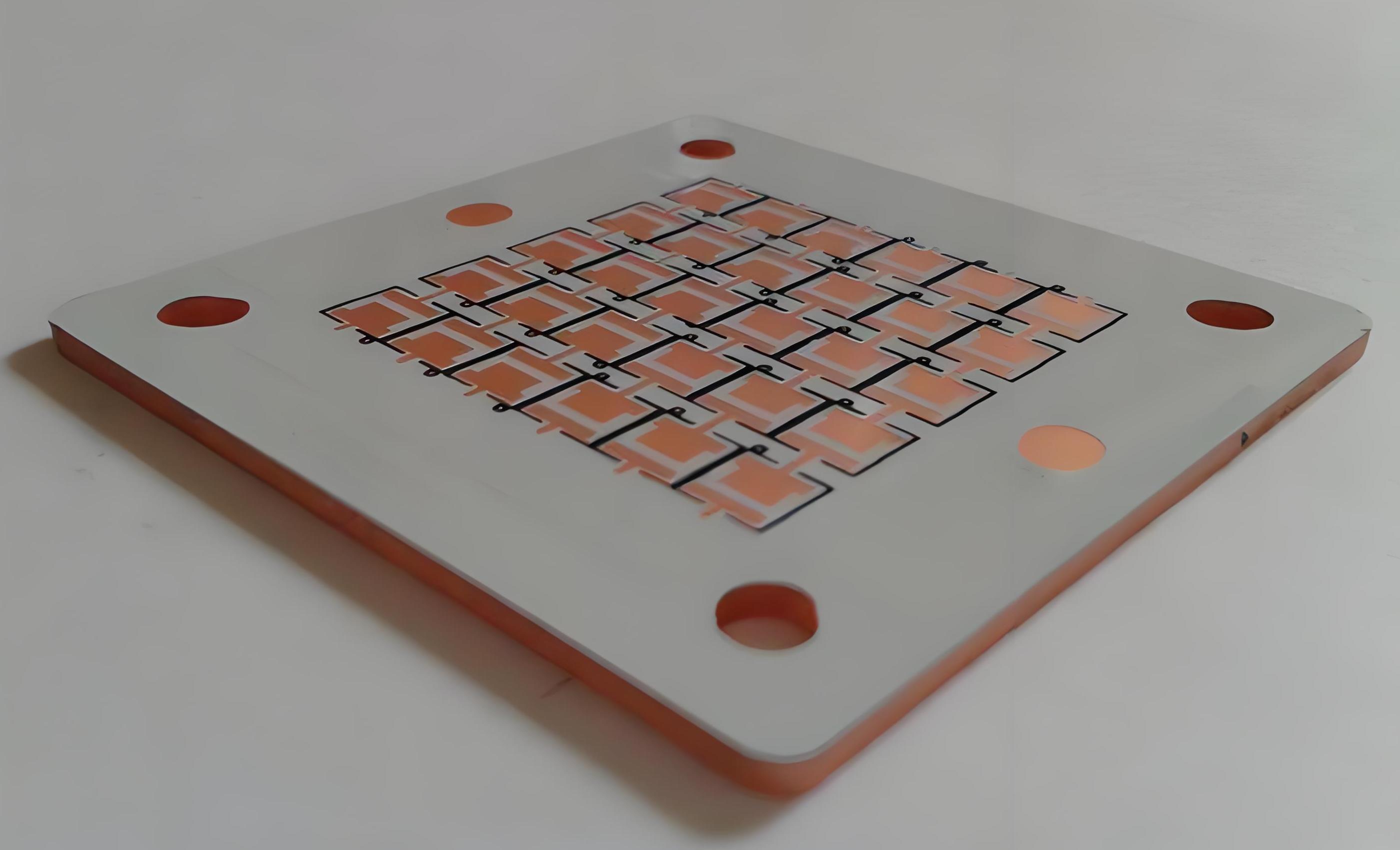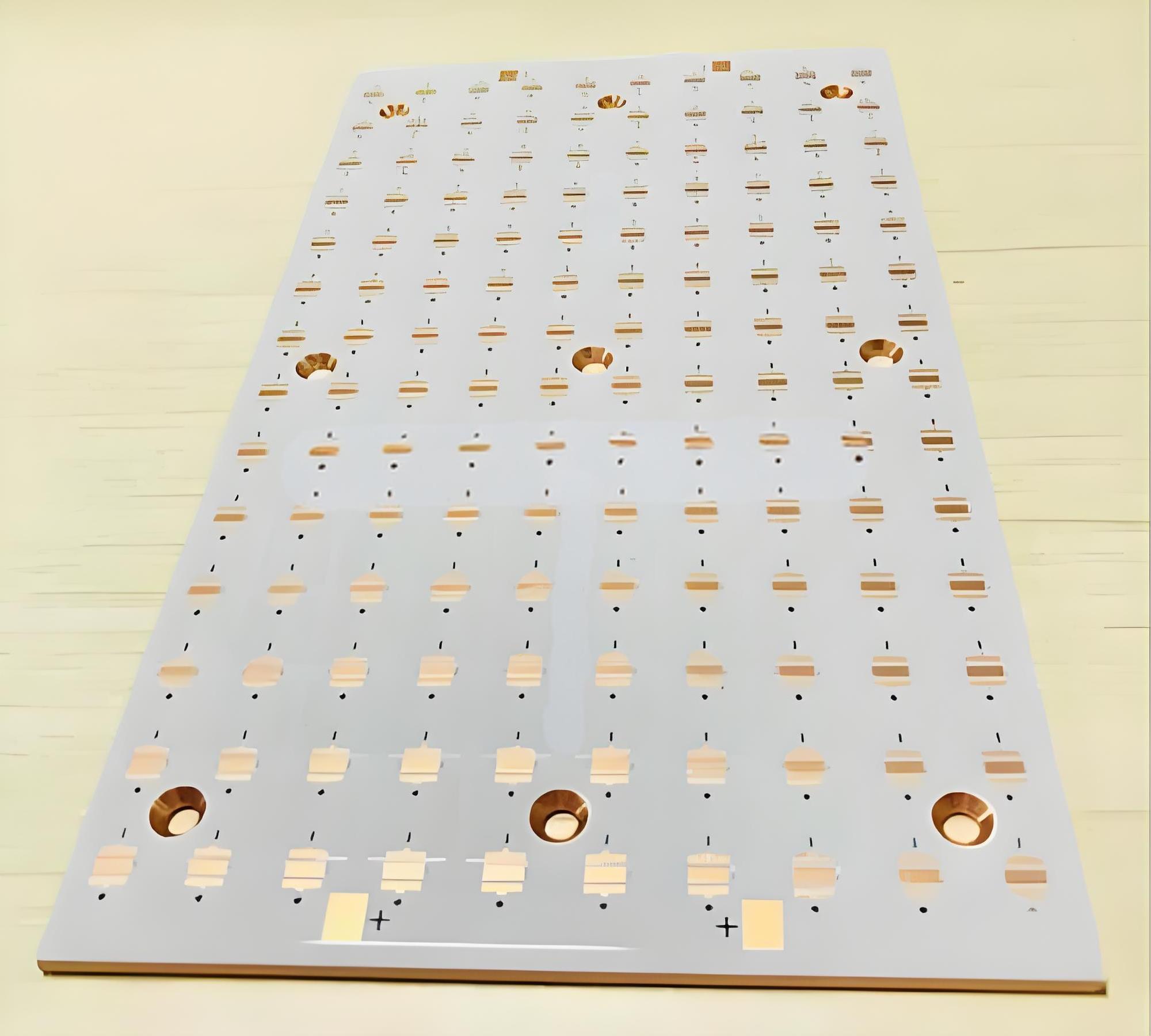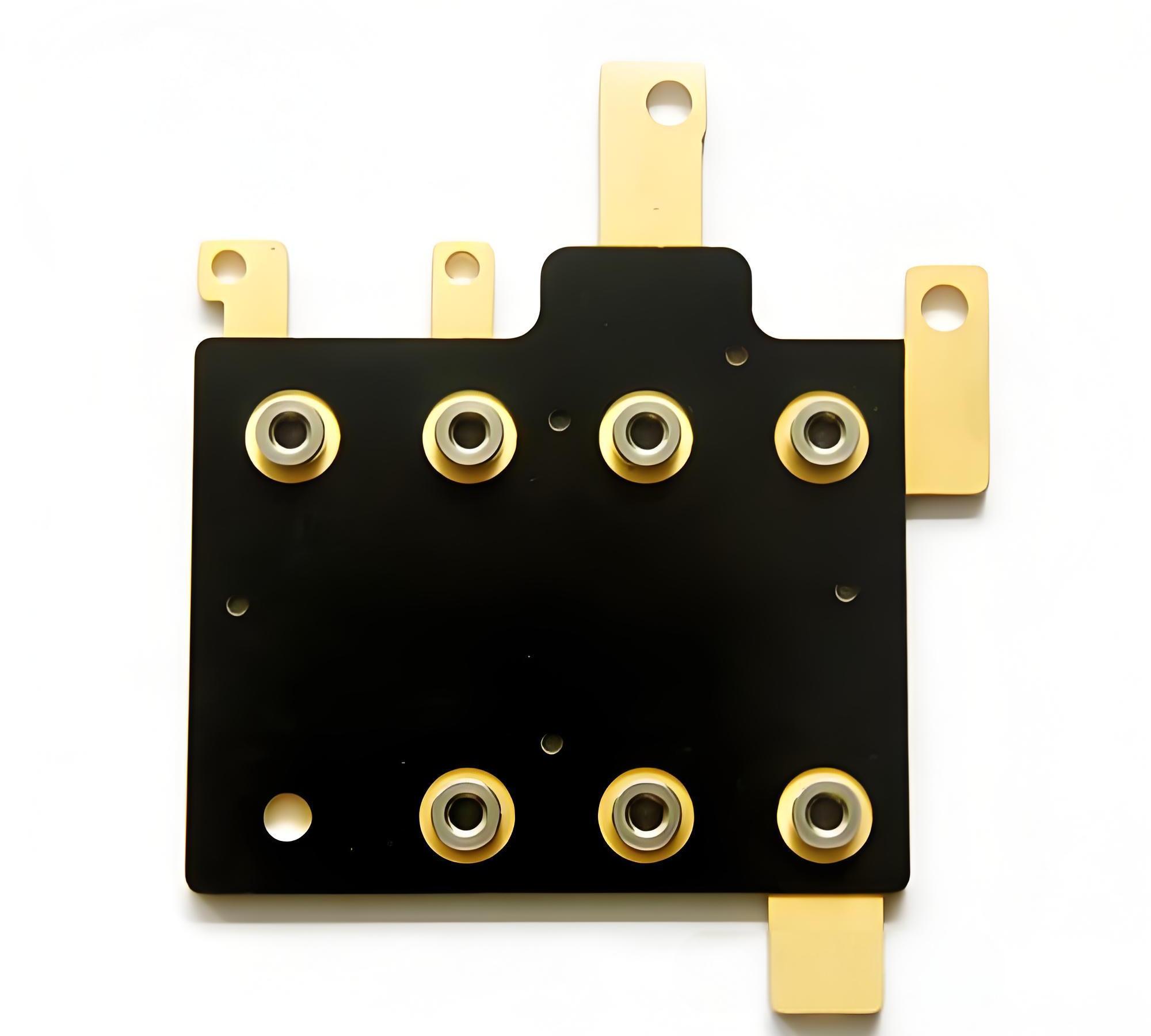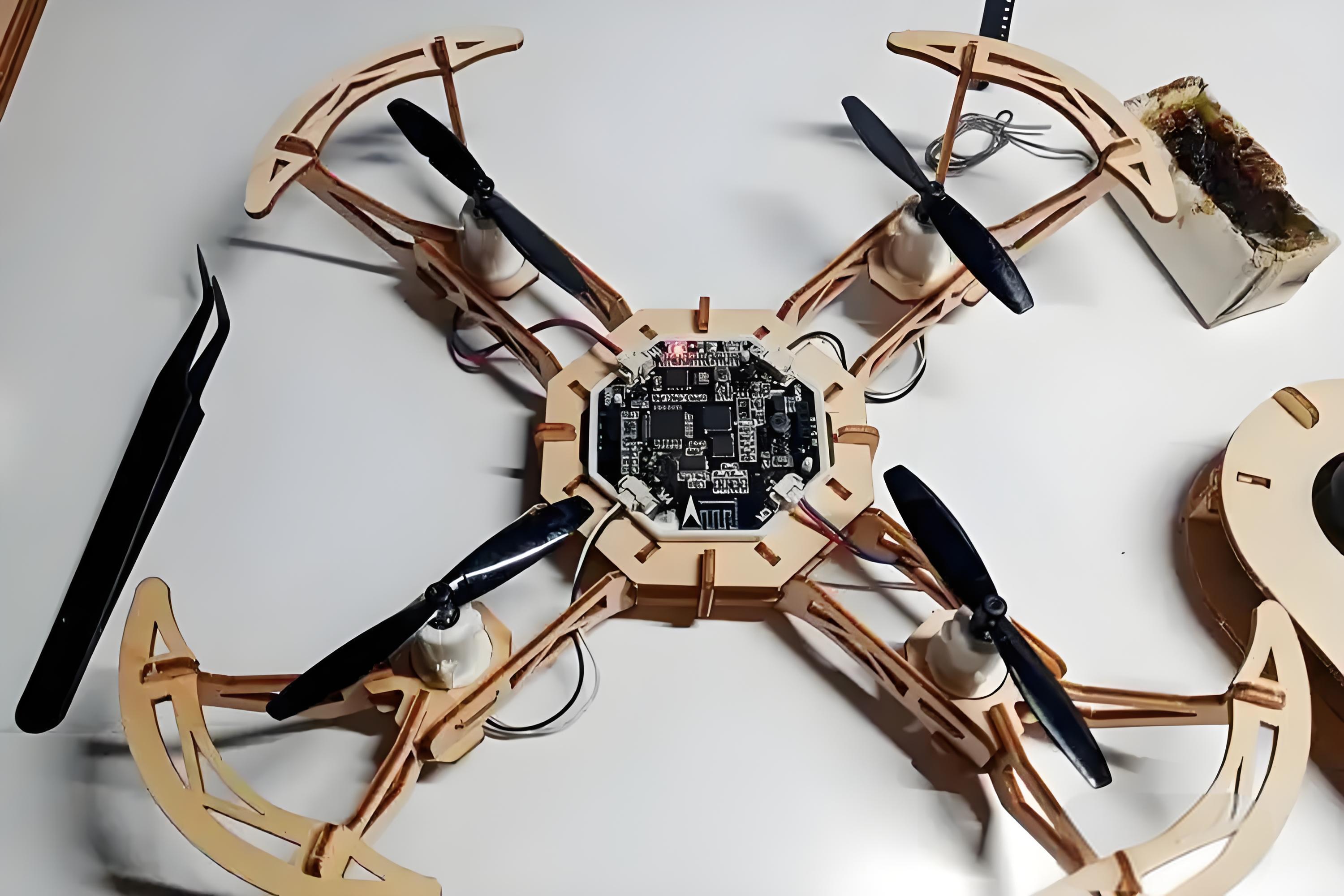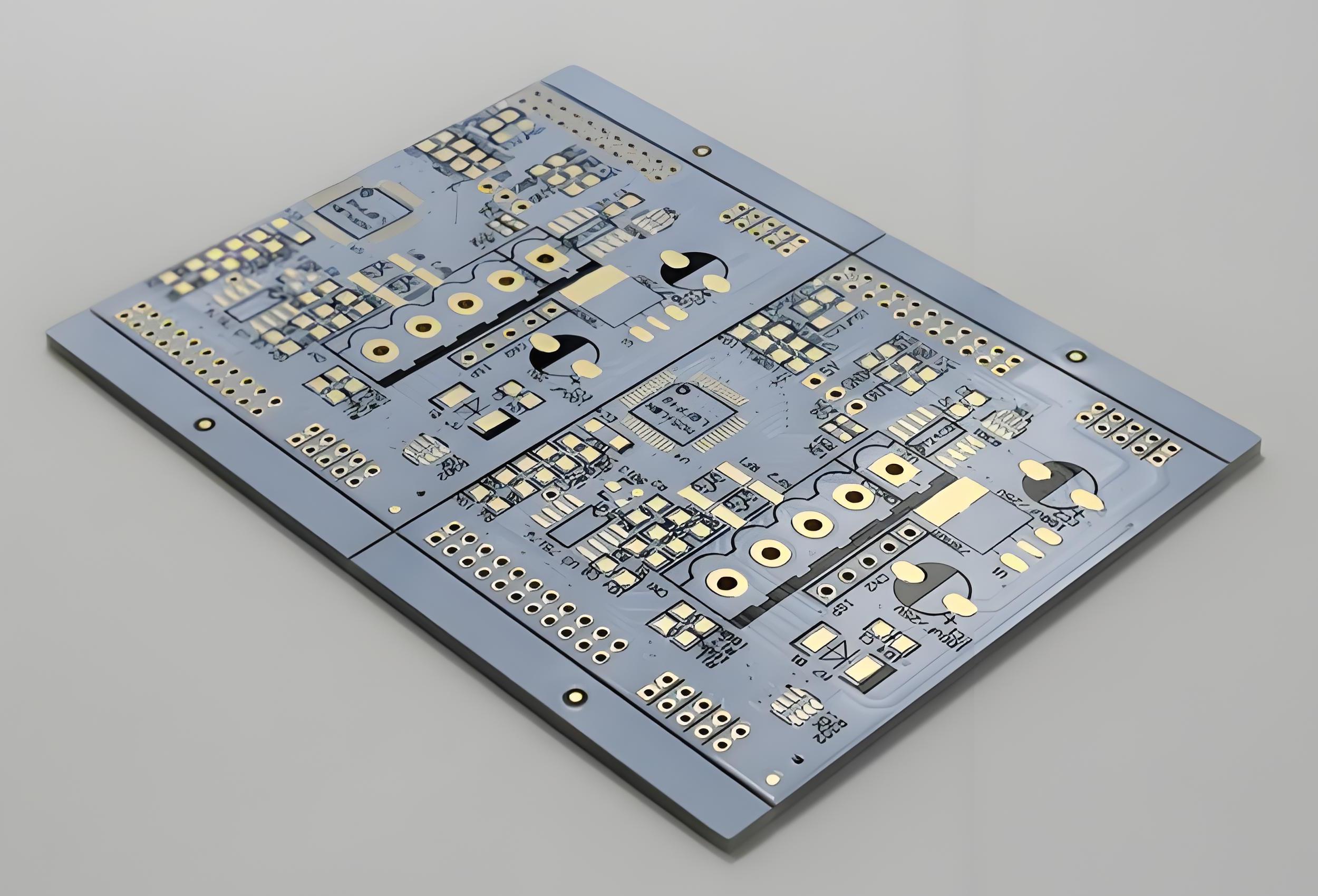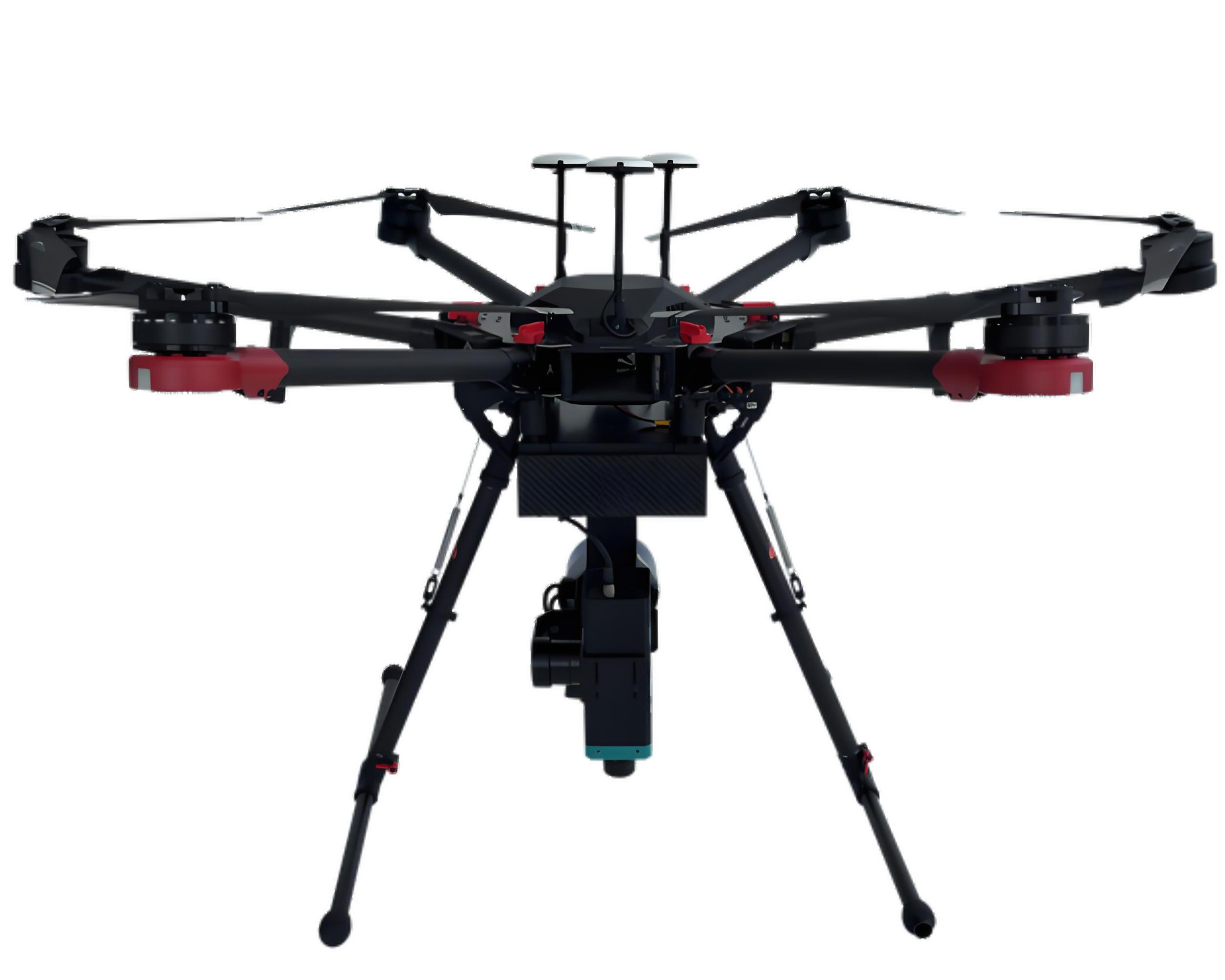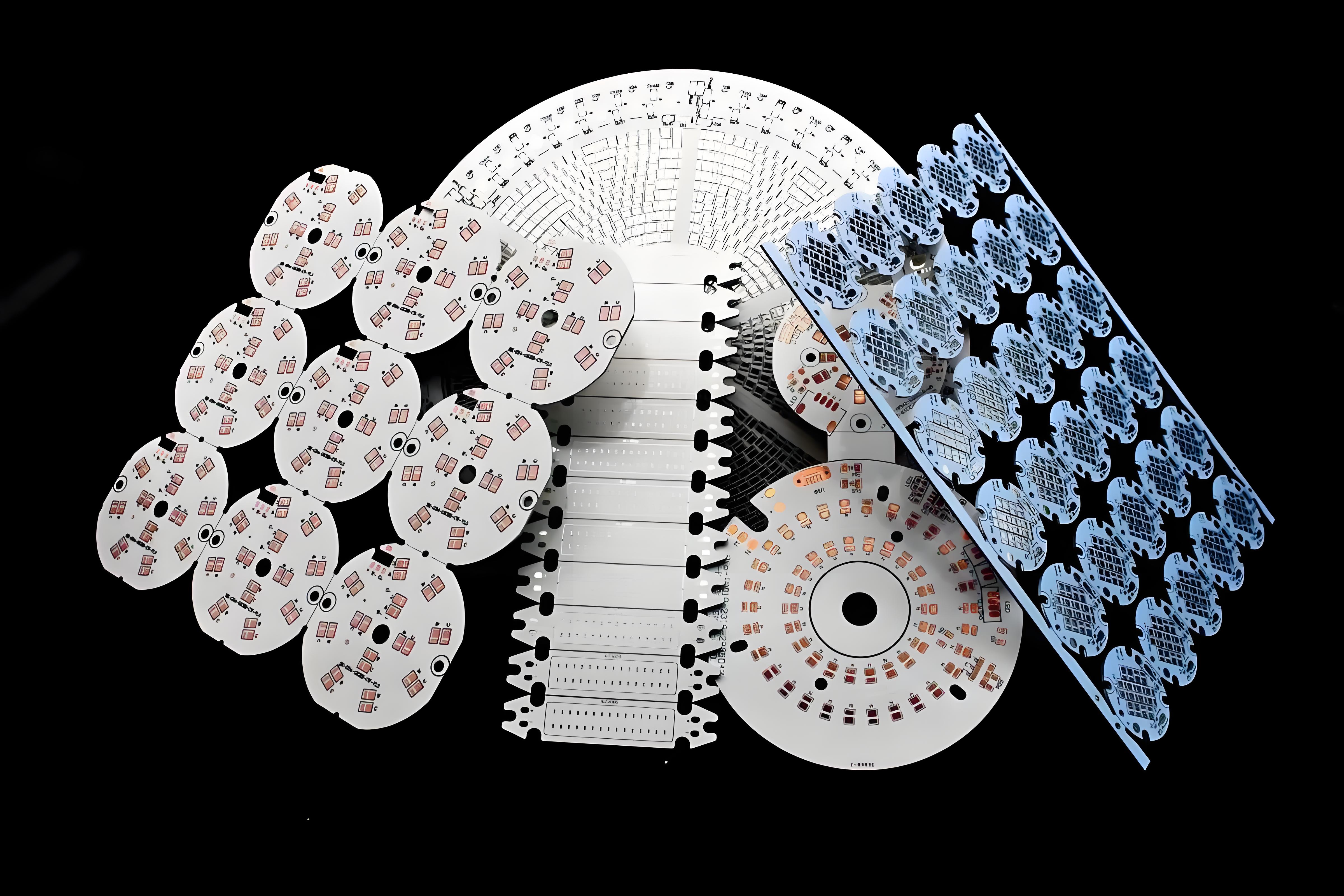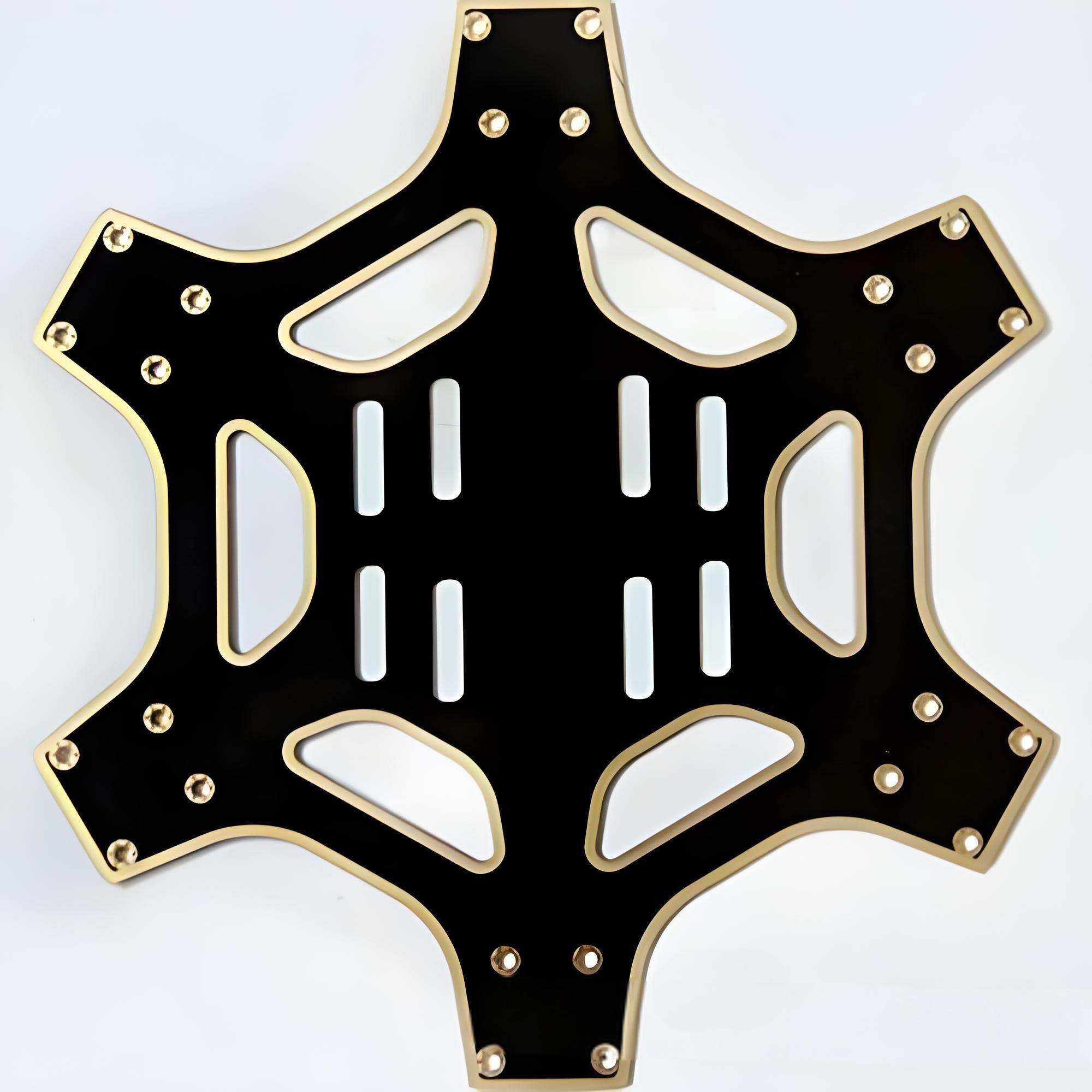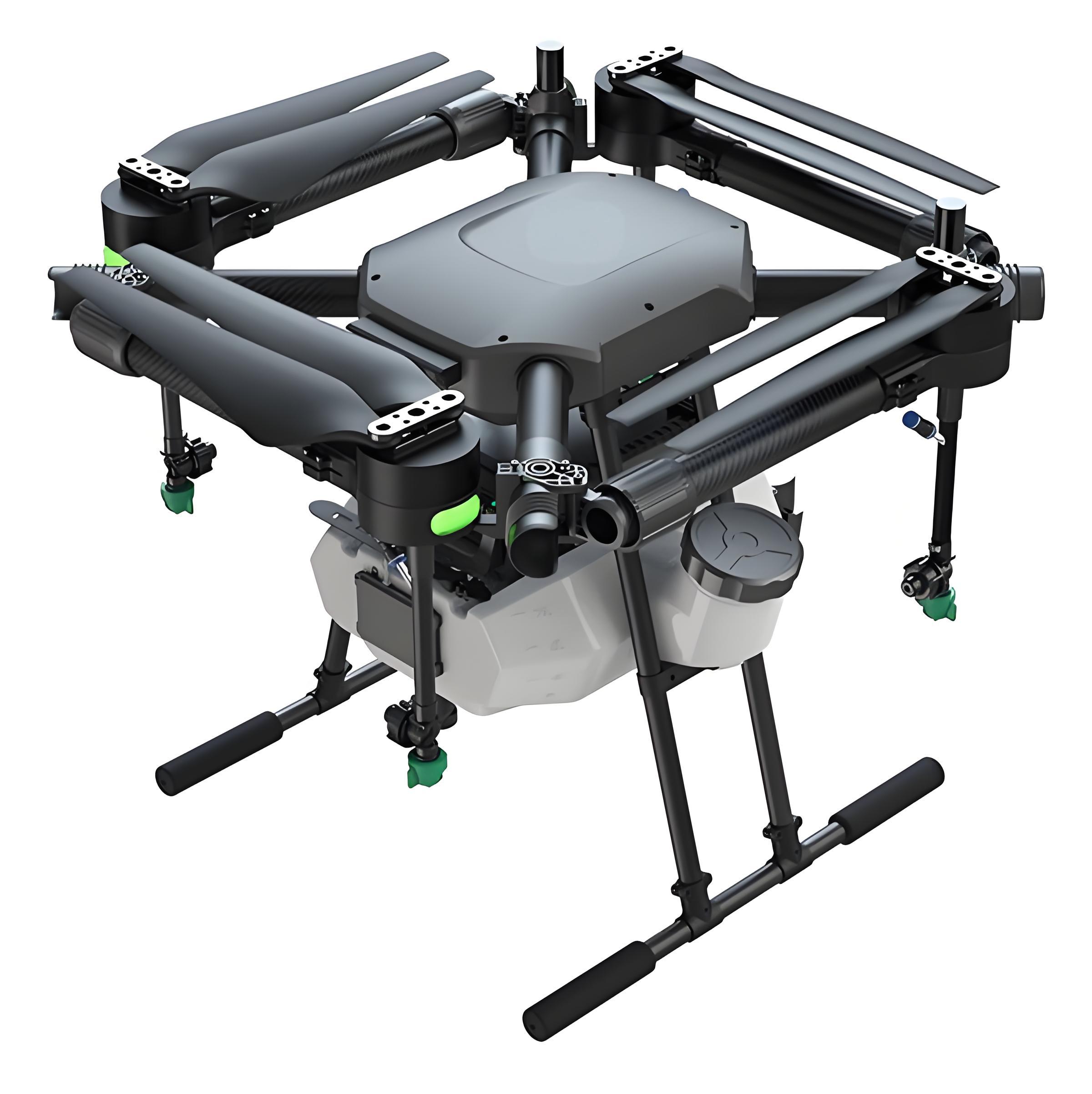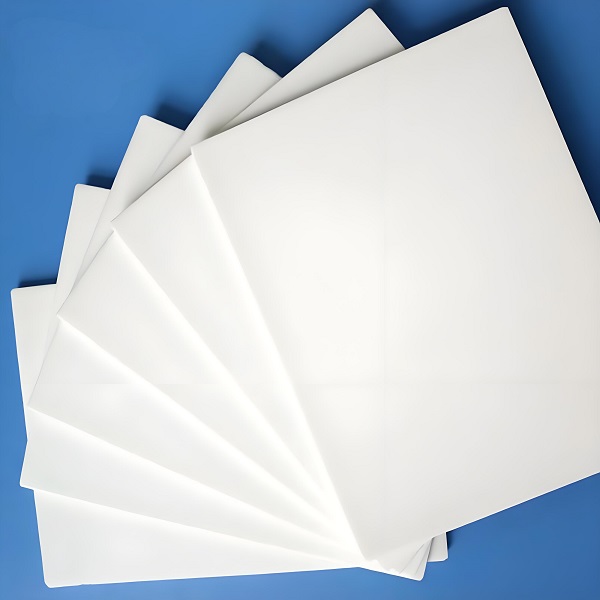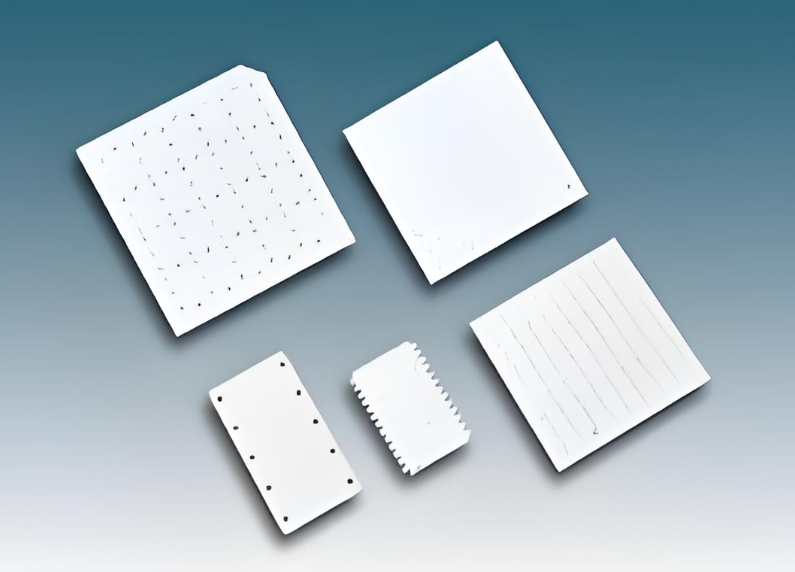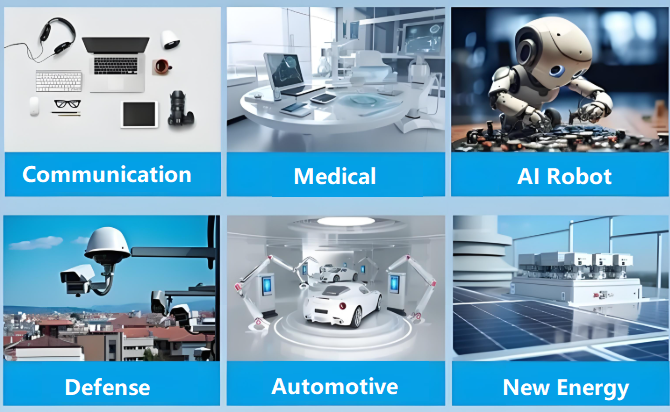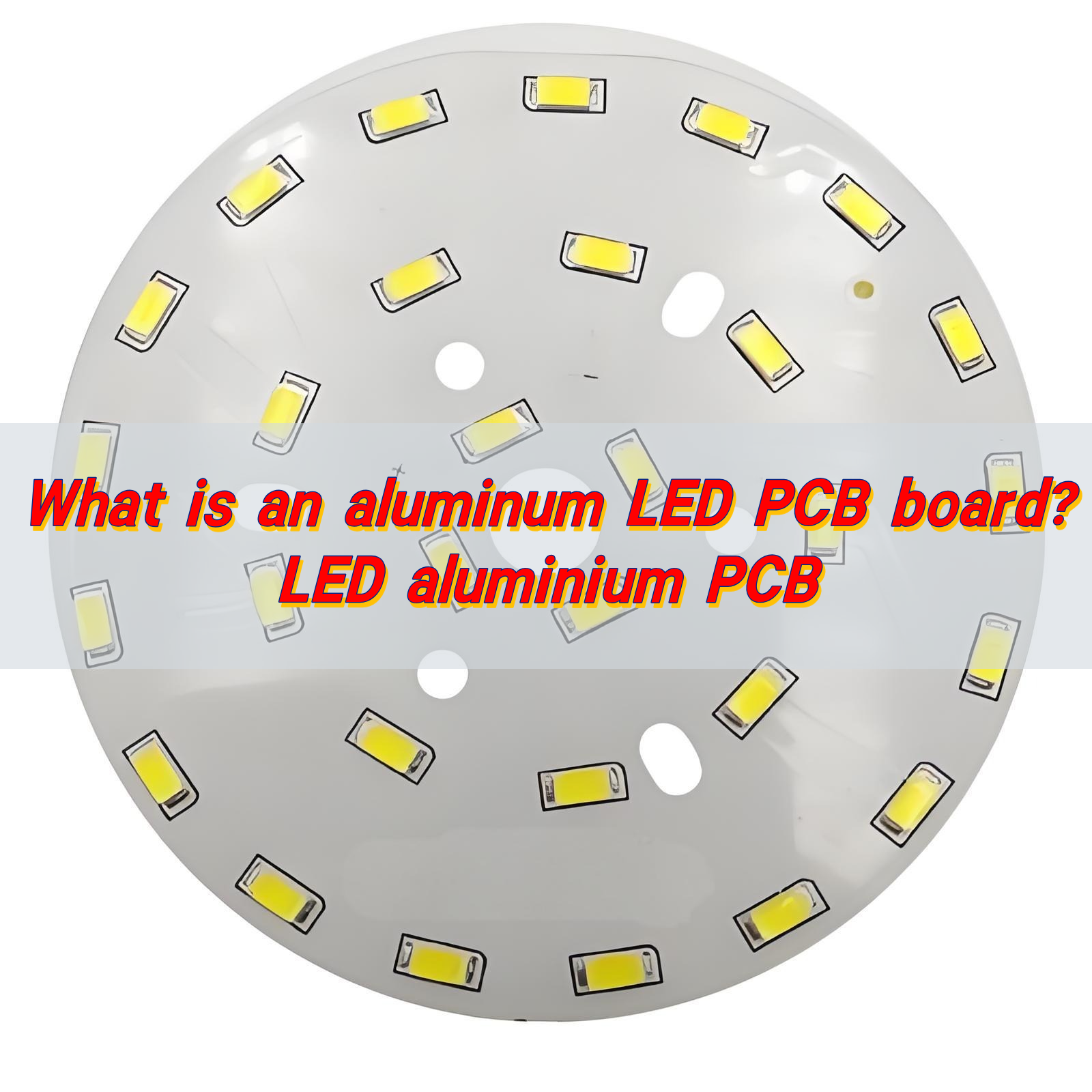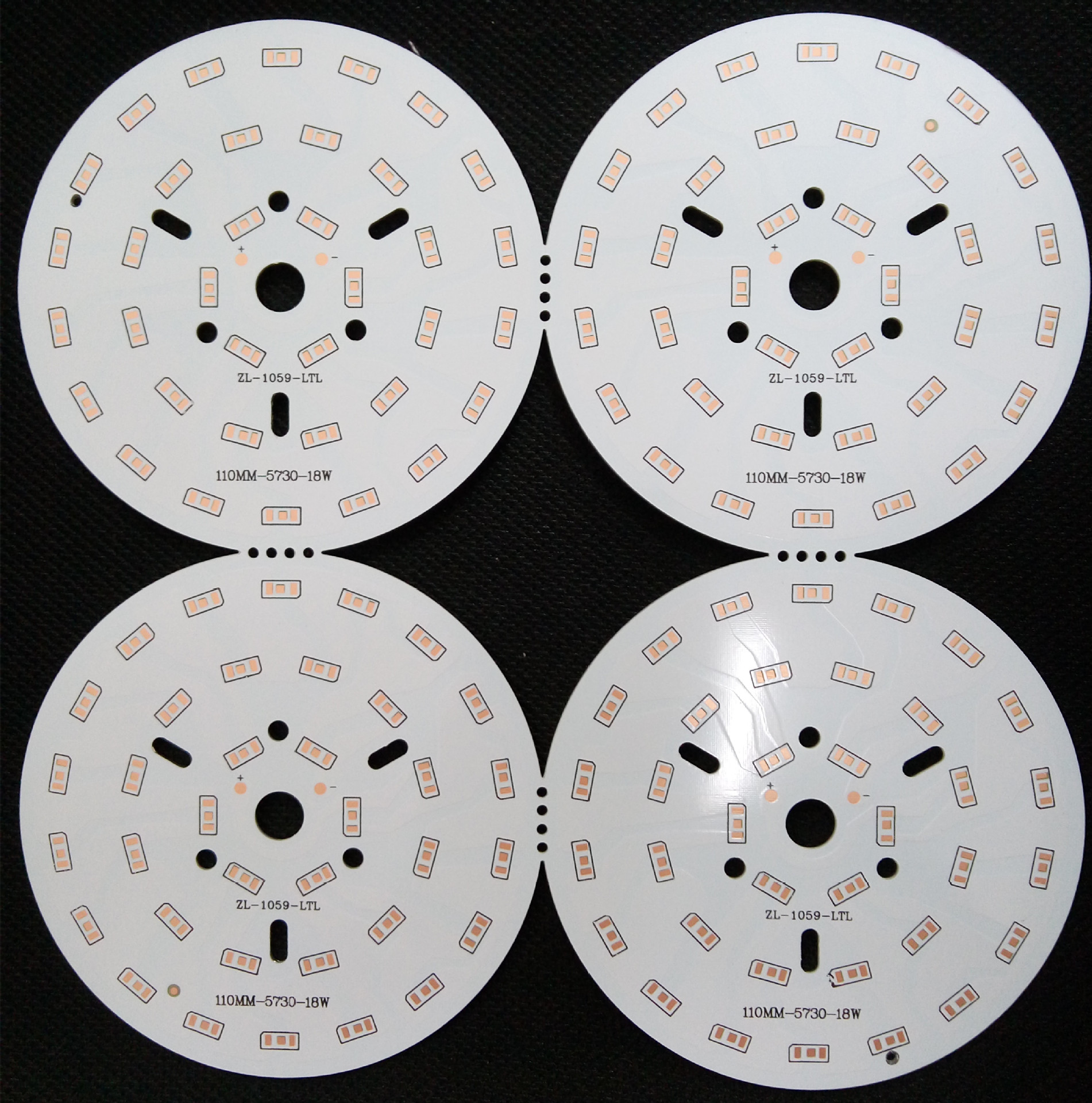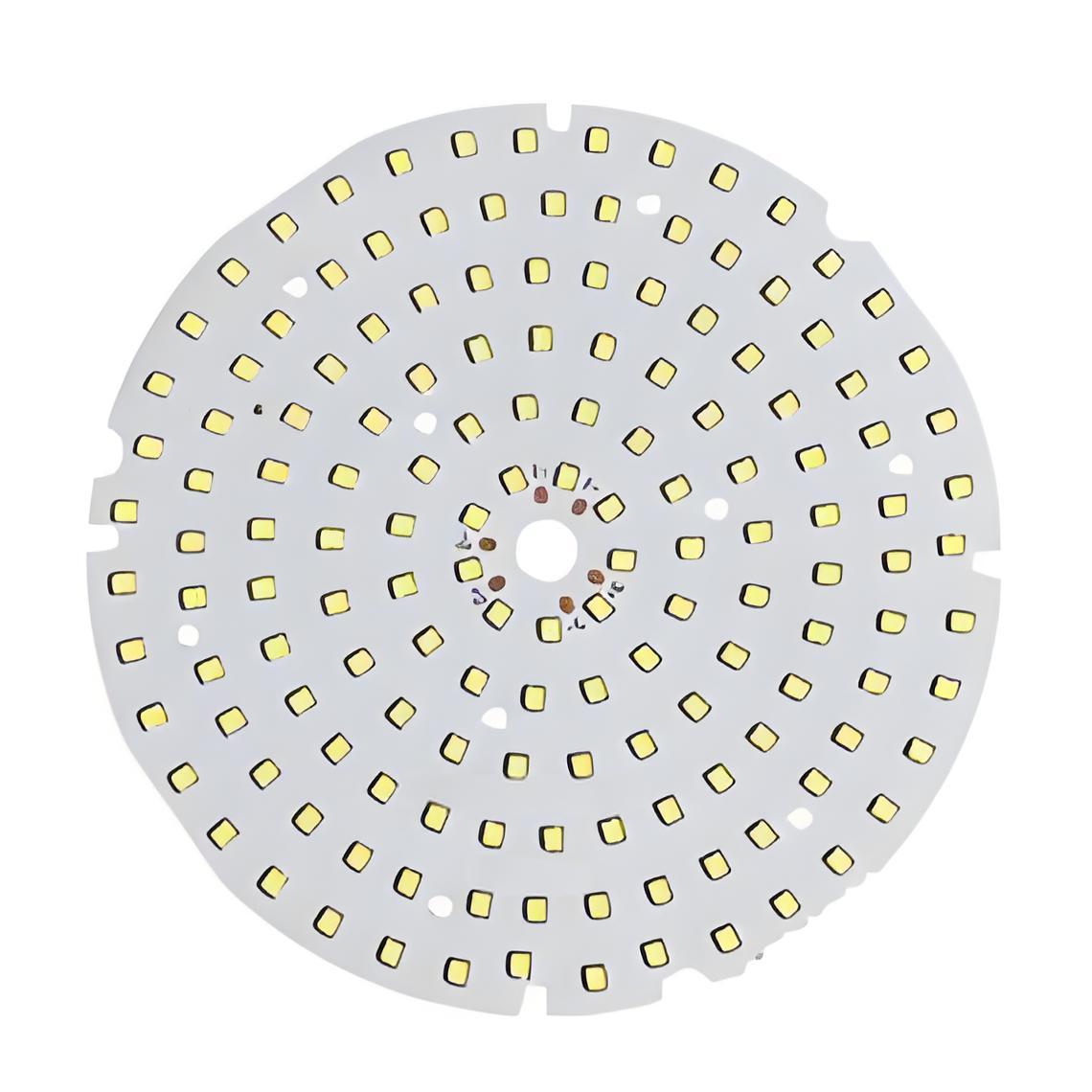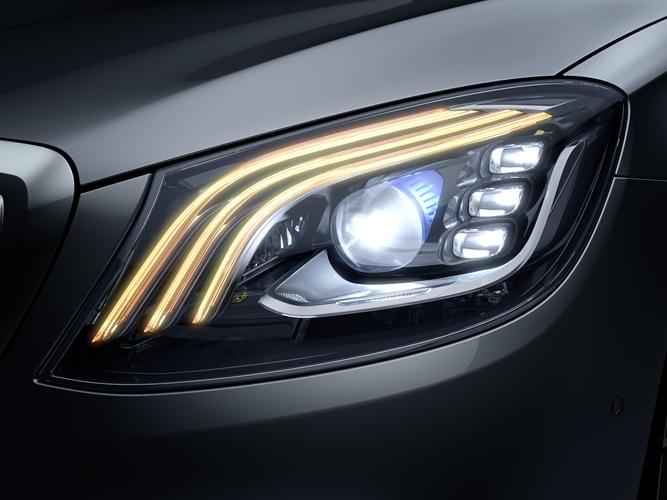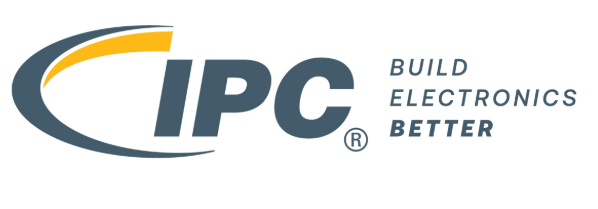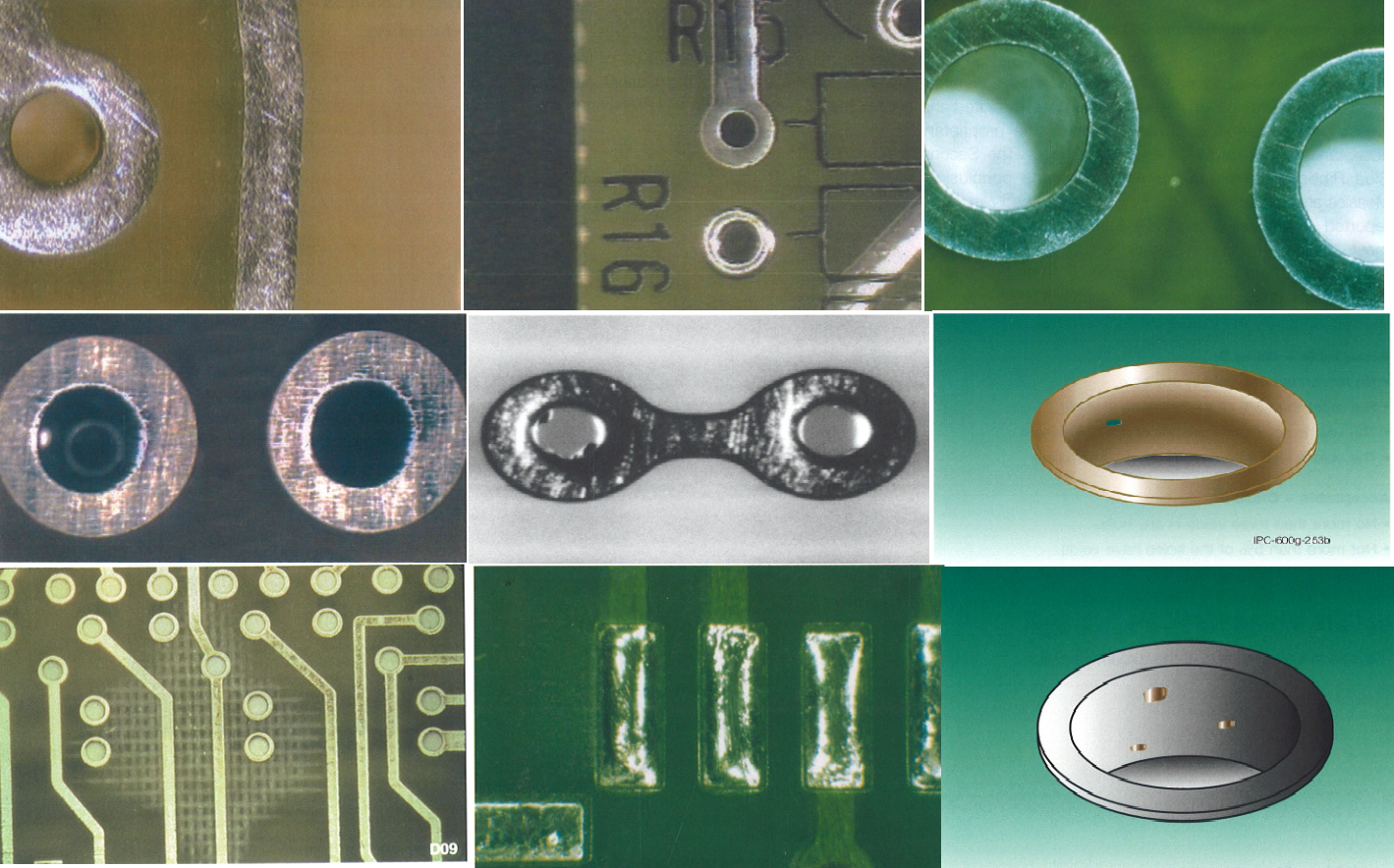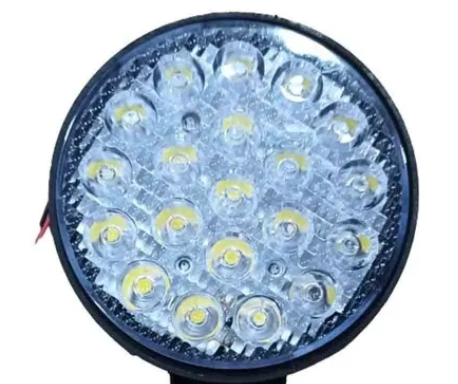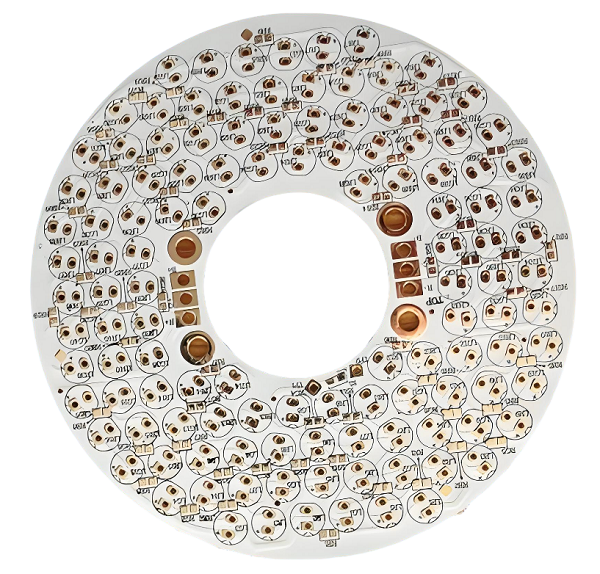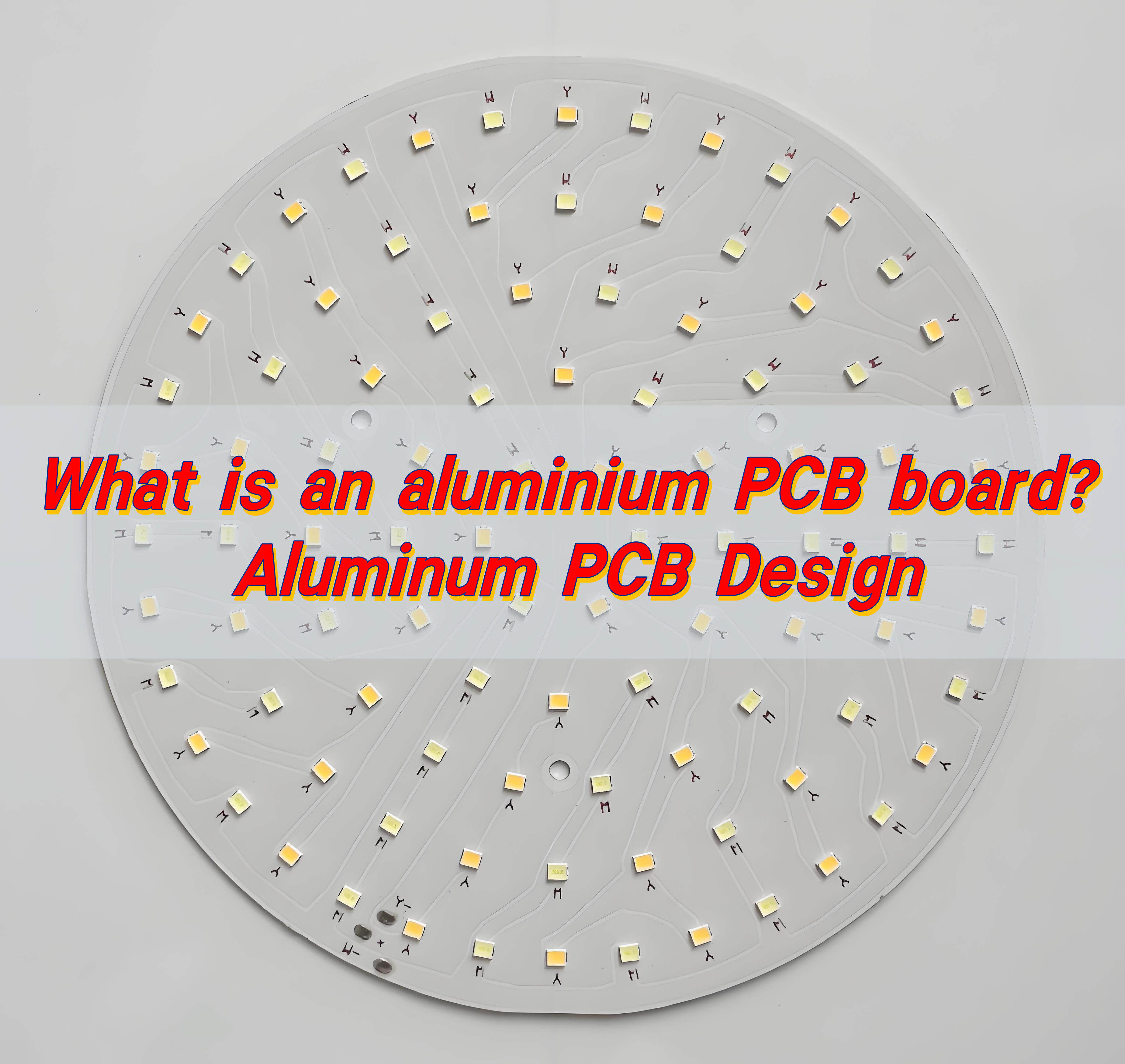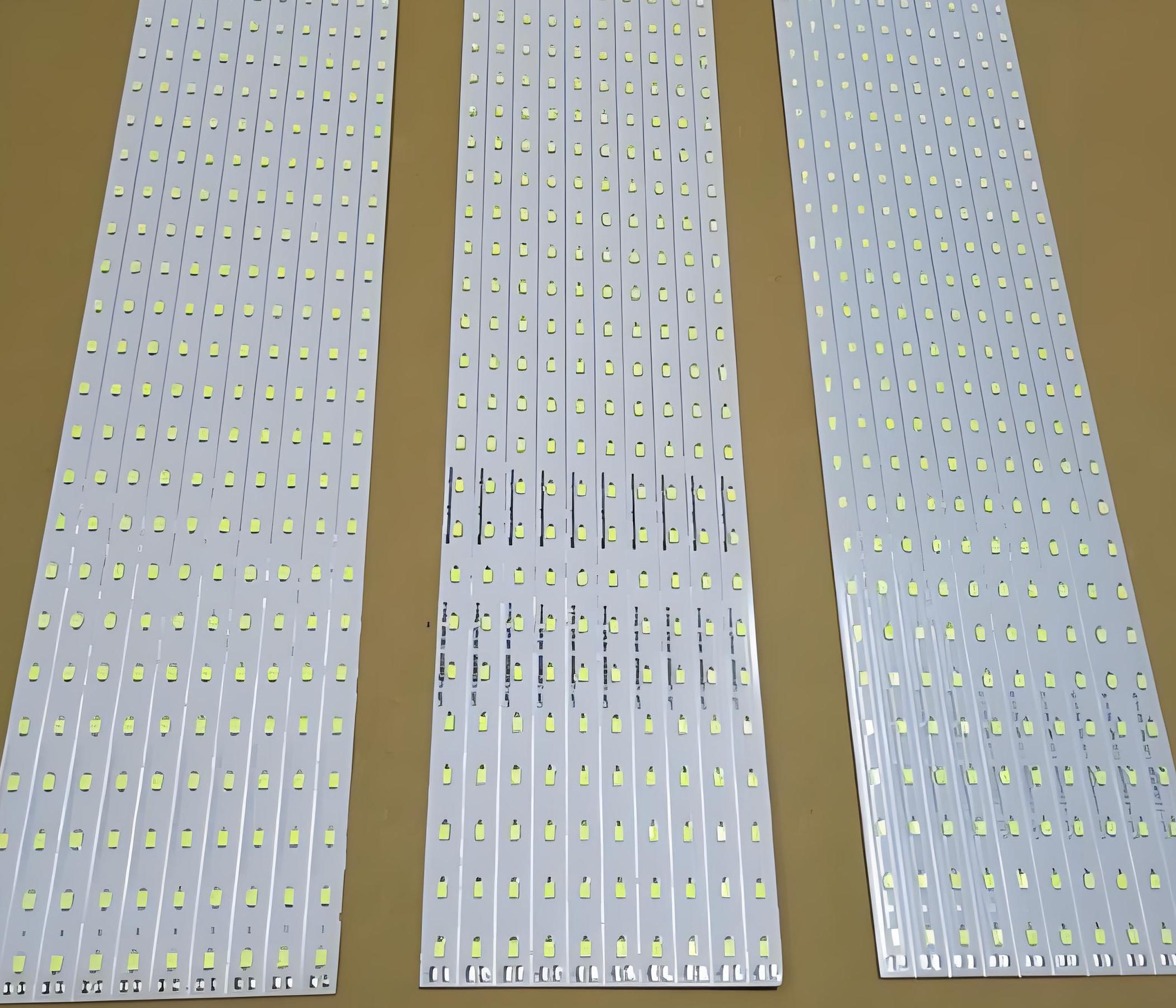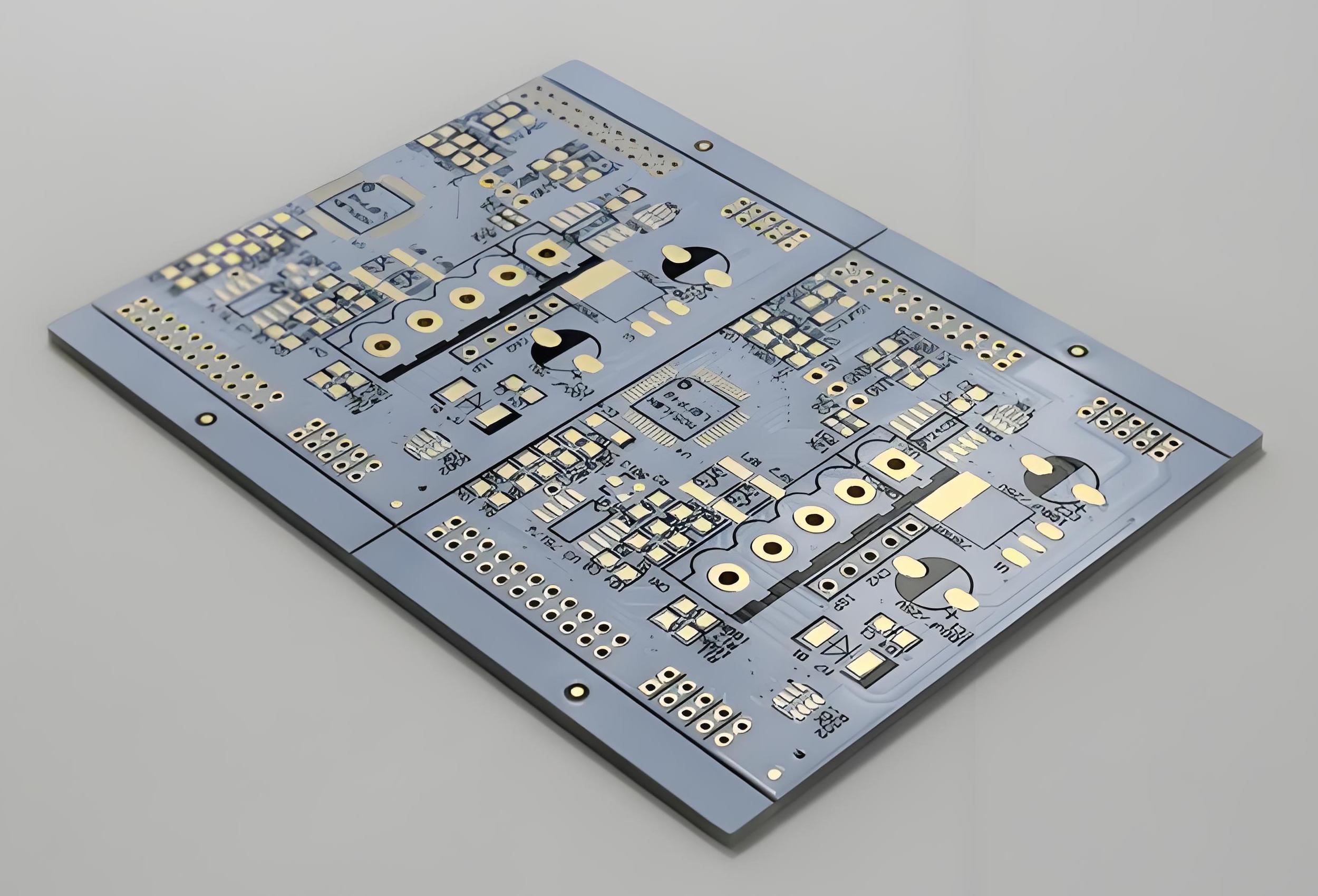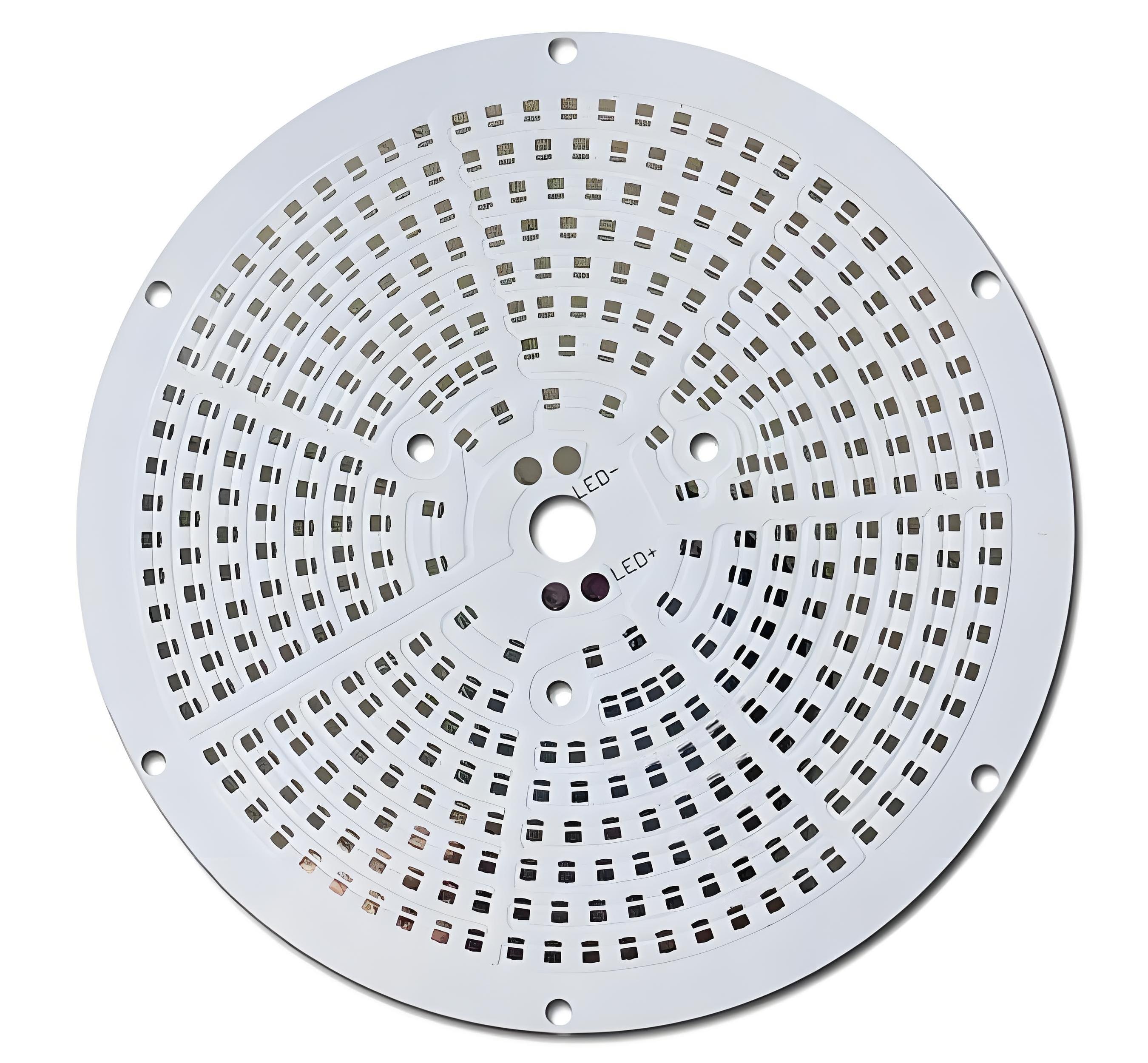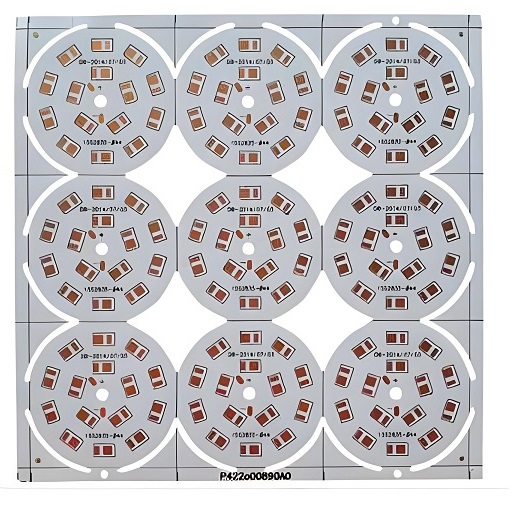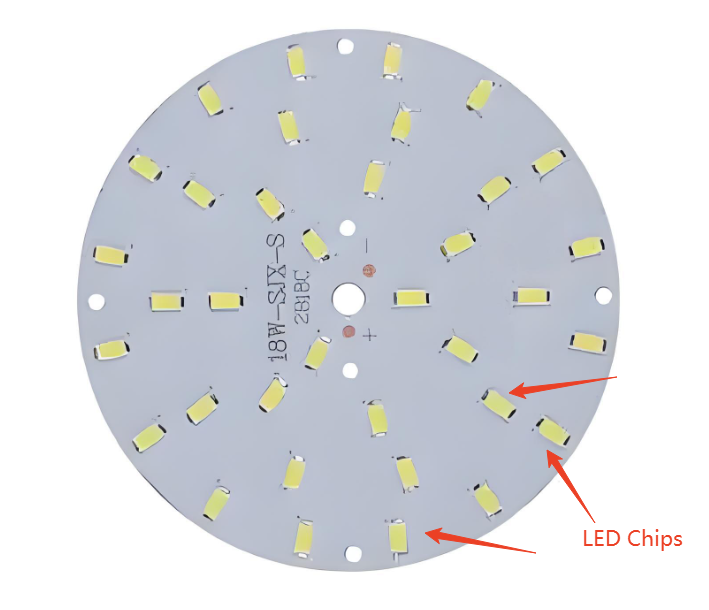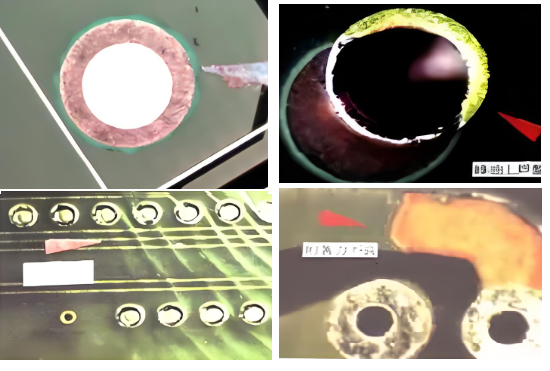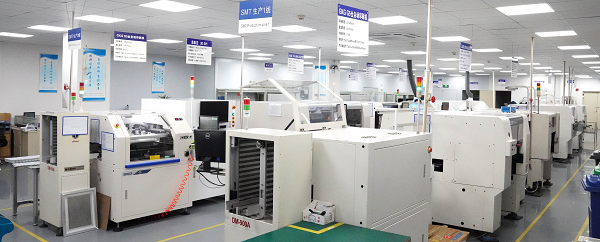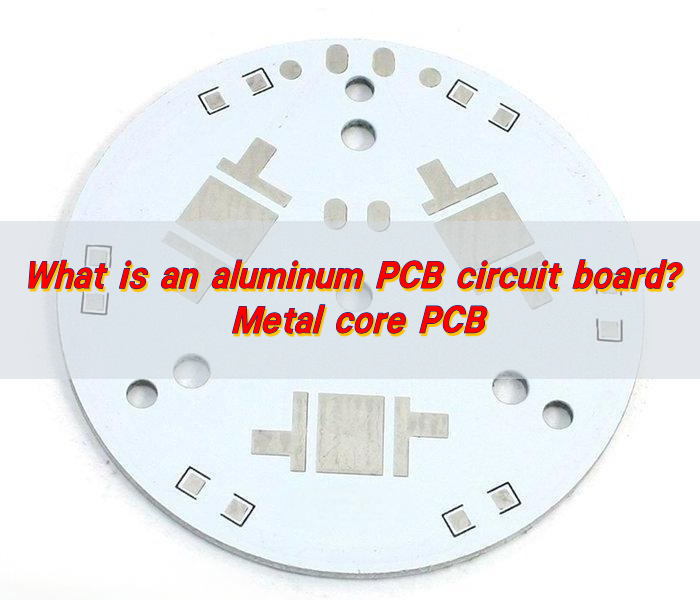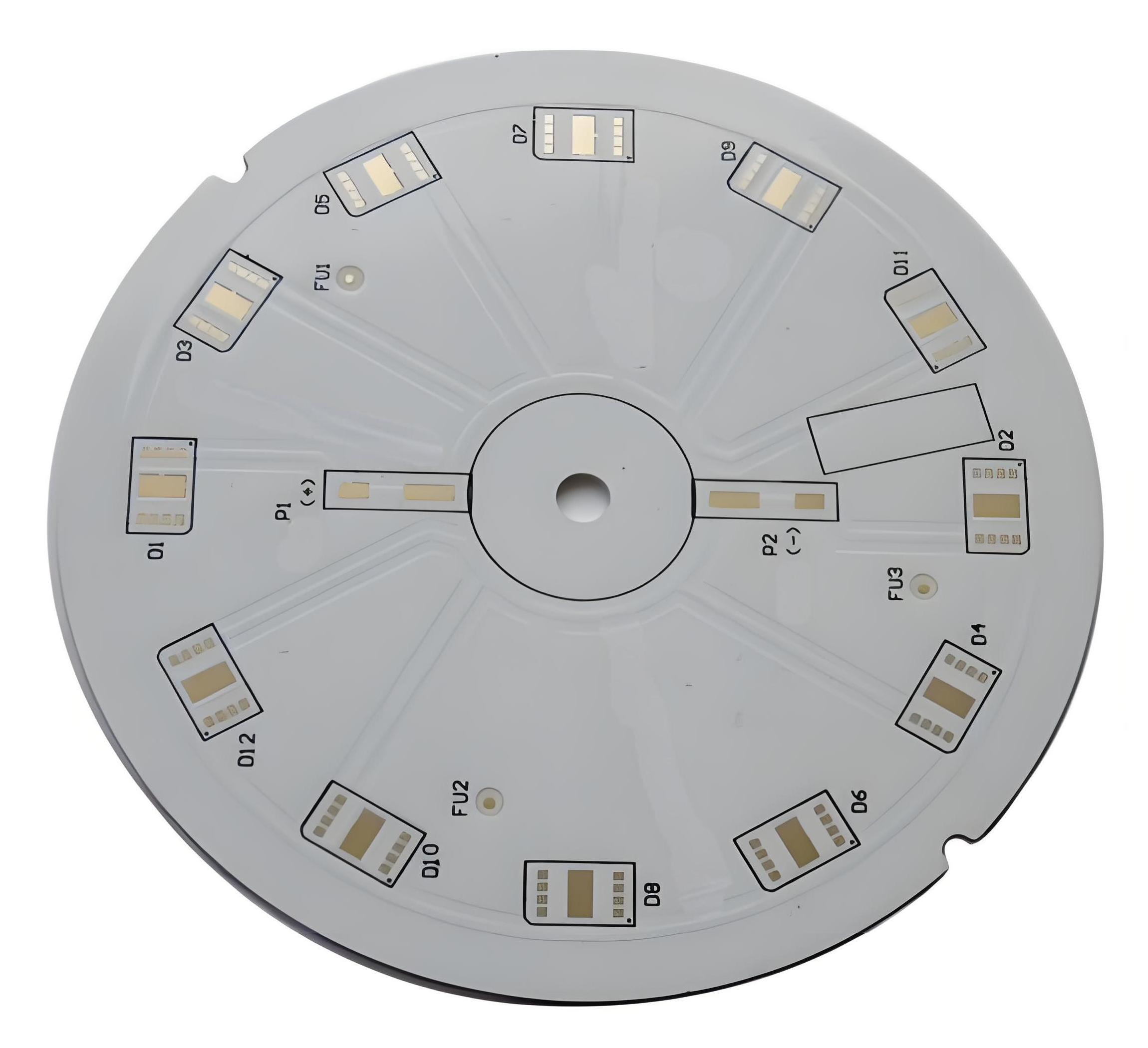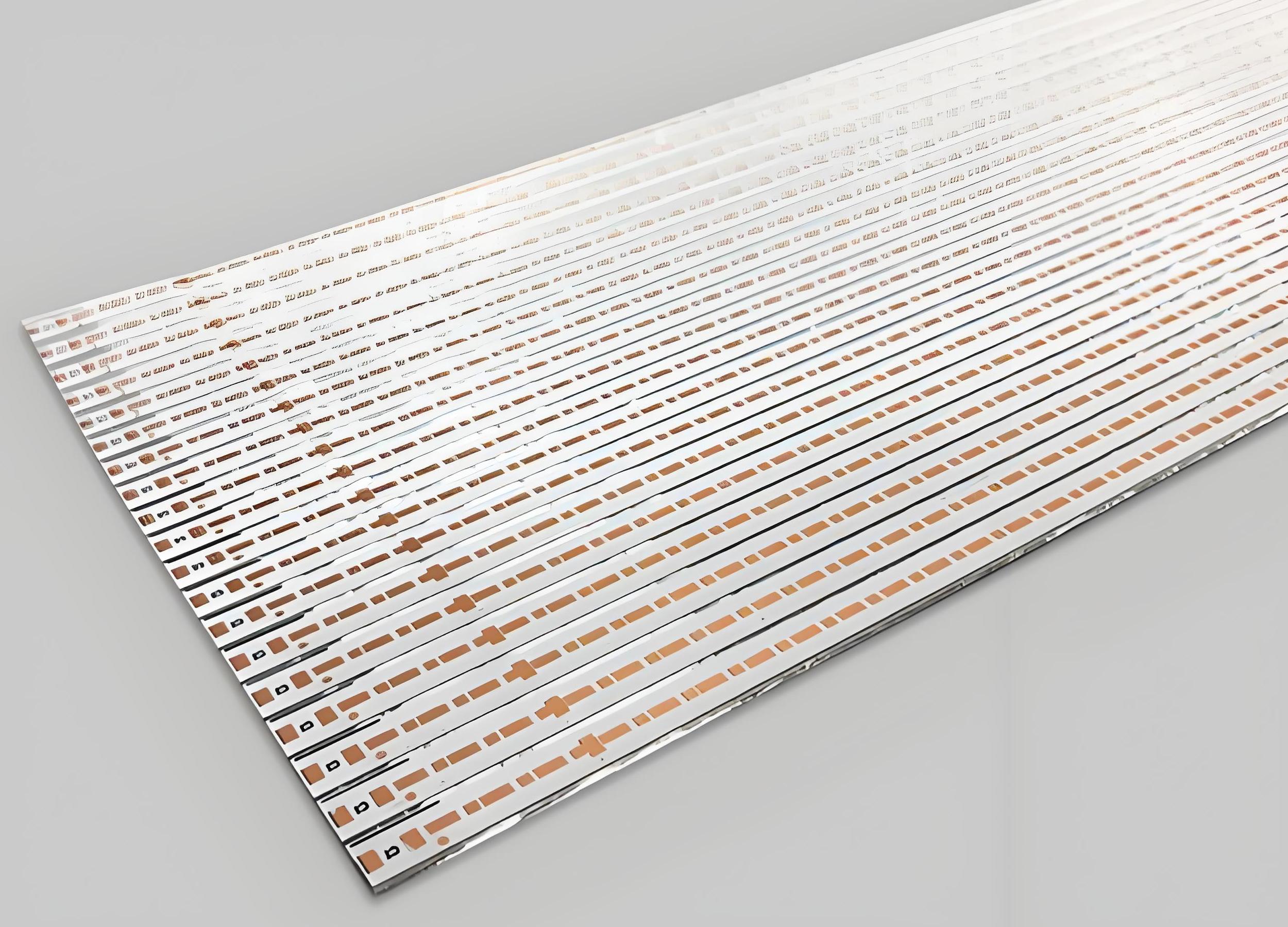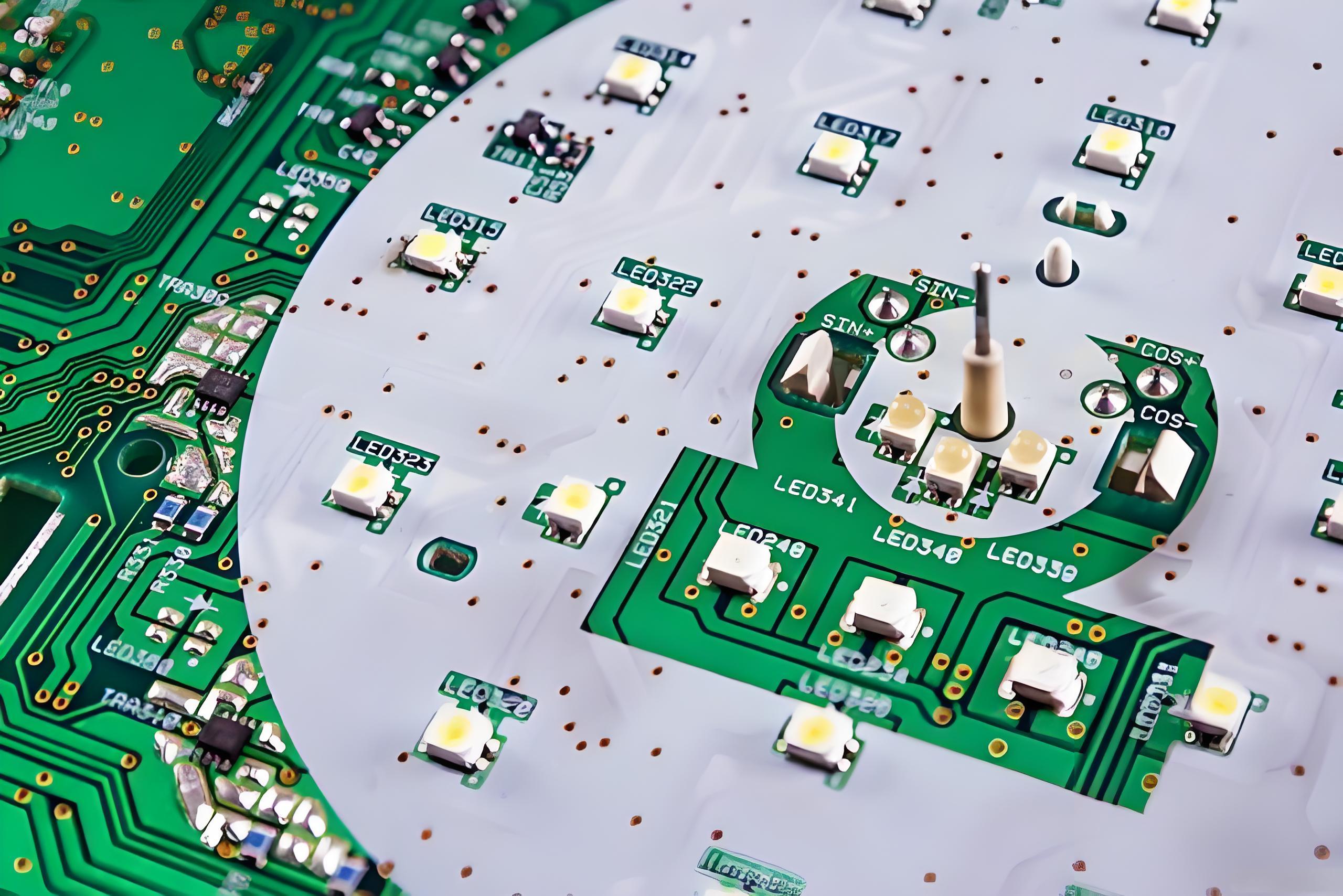If you need a double-sided copper PCB, are you curious?
- What are the core advantages of a double-sided copper PCB?
- How much better is the heat dissipation performance of a double-sided copper PCB than a single-sided one?
- What complex designs can a double-sided copper PCB support?
- What applications are double-sided copper PCBs suitable for?
BEST Technology, a professional copper PCB manufacturer, can answer your questions:
- Double-sided wiring + dual copper surfaces for heat dissipation improves space utilization and doubles heat dissipation efficiency.
- Dual copper layers for conduction + a highly conductive base material with a thermal resistance of â€0.6°C/W improve heat dissipation efficiency by over 40% compared to single-sided PCBs.
- Double-sided fine lines (line width/line spacing â„3 mils) support via interconnects and locally thickened copper.
- High-power LEDs, power modules, automotive electronics, and other applications require high-density wiring and strong heat dissipation.
What is a double sided copper substrate?
Double-sided copper substrate is a type of metal core PCB that has copper layers on both sides of a central core. The core is usually made from aluminum or copper, which provides strength and excellent thermal conductivity. This structure allows components to be mounted and circuits to be routed on both the top and bottom, giving more design flexibility and improving performance.
Because the core can spread heat quickly, it helps keep components cool even under heavy loads. This makes it suitable for demanding applications such as LED lighting, power modules, automotive systems, and industrial controls.
The ability to work on both sides allows for more compact designs, reducing the size of devices without compromising functionality.
What is the difference between single and double sided copper substrate?
The most obvious difference is the number of copper layers and how the circuits are arranged.
- Single-sided copper substrate: Copper is applied to only one side of the core. It is simpler, less expensive, and ideal for straightforward designs with low component density.
- Double-sided copper substrate: Copper is applied to both sides, and plated through-holes connect circuits between them. This design supports more complex routing, higher power handling, and better thermal management.
The choice between them depends on the productâs complexity, size constraints, and performance requirements. If you need to pack more functionality into a smaller space while keeping components cool, the double-sided option is the better choice.
What is the standard copper thickness for copper substrate?
Copper thickness is one of the most important specifications for any substrate. Common standards include:
- 1 oz/ftÂČ (about 35 ÎŒm): widely used for general electronics.
- 2 oz/ftÂČ (about 70 ÎŒm): for higher current and thermal demands.
- 3 oz or more: for heavy-duty power applications.
Thicker copper improves current capacity and heat dissipation but can increase cost and weight. Thinner copper is lighter and cheaper but less capable of carrying high currents. The choice must be made based on application requirements, balancing performance and cost-effectiveness.
How thick is a Double-sided copper substrate?
The total thickness depends on several layers:
- Metal core: Usually 1.0 mm to 3.2 mm.
- Copper layers: Typically 35 ÎŒm to 105 ÎŒm each.
- Dielectric layer: 75 ÎŒm to 150 ÎŒm, thermally conductive but electrically insulating.
Combined, a double-sided copper substrate is often between 1.5 mm and 4.5 mm thick. Thinner boards are ideal for compact devices, while thicker ones offer more strength and better heat management.
What are the advantages of single-side copper substrates?
Although double-sided boards are more advanced, single-sided copper substrates still have clear benefits:
- Lower production costs due to simpler manufacturing.
- Faster fabrication timelines.
- Easier inspection and repair since all traces are on one side.
- Good durability in low-demand environments.
- Perfect for applications where complexity and heat output are low.
For basic products, this can be the smarter and more economical choice.
What are the disadvantages of double-sided copper substrate?
Double-sided boards offer many strengths, but there are some limitations.
They cost more to produce due to the extra copper layer, drilling, and plating processes. Manufacturing time is also longer. Repairs can be challenging because components are placed on both sides, making rework more complex.
However, for high-performance products, these disadvantages are often outweighed by better circuit density, improved thermal performance, and extended lifespan. By choosing BEST Technology, these challenges can be effectively addressed.
How to do double-sided copper substrate?
Manufacturing involves precise steps to ensure quality:
- Core preparation: Clean and treat the metal surface for adhesion.
- Dielectric lamination: Apply thermally conductive, electrically insulating layers to both sides.
- Copper foil bonding: Laminate copper sheets to each dielectric under heat and pressure.
- Drilling: Create holes where circuits need connection between sides.
- Plating: Coat hole interiors with copper to form conductive vias.
- Circuit patterning: Use photolithography to define circuit traces.
- Etching: Remove excess copper, leaving only the designed paths.
- Solder mask application: Protect copper from oxidation and short circuits.
- Surface finishing: Apply HASL, ENIG, or other finishes for solderability.
Each step requires accuracy, especially in drilling and plating, to guarantee electrical reliability.
How are double-sided copper substrates soldered?
Soldering methods vary depending on component type:
- Reflow soldering is common for SMD components. Solder paste is applied, parts are placed, and the board is heated to melt the solder.
- Wave soldering is often used for through-hole components, passing the board over molten solder.
- Selective soldering is used for boards combining surface-mount and through-hole parts, targeting specific joints without affecting sensitive areas.
In all cases, heat control is critical to prevent damage to dielectric layers or plated through-holes.
What connects the metallic parts on the double-sided board of copper substrates?
The top and bottom copper layers are linked by plated through-holes (PTHs). These are drilled holes lined with copper to form a continuous electrical path.
PTHs carry signals, supply power, and provide grounding between sides. In thermal designs, thermal vias transfer heat from components to the metal core for dissipation. High-quality plating and precise drilling ensure these connections remain reliable throughout the boardâs life.
Conclusion:
Double-sided copper substrate combines the strength of a metal core with the versatility of two copper layers. It delivers superior heat dissipation, higher circuit density, and better reliability for demanding applications. While more complex to produce than single-sided boards, its benefits make it an excellent choice for advanced electronics.
Contact: sales@bestpcbs.com for expert manufacturing support.




